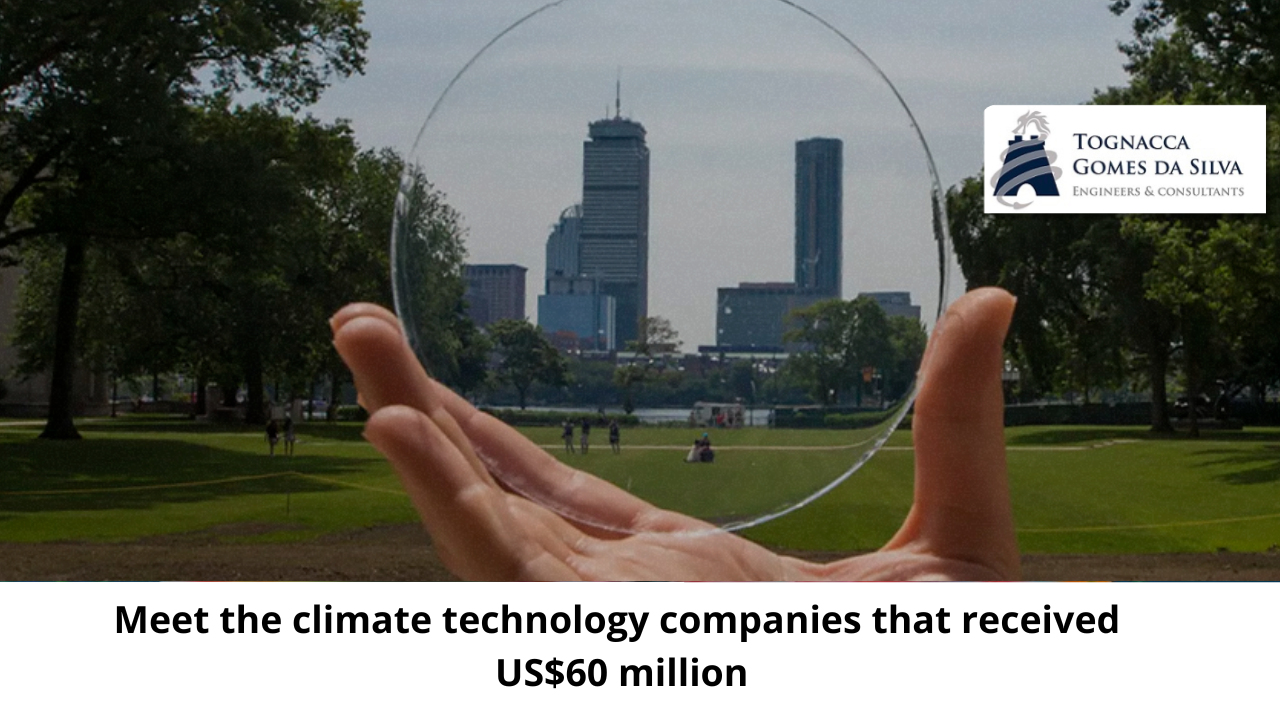Some people follow sports scores or concert listings for their favorite artists. In the meantime, I’m waiting to hear which climate tech startups are receiving big funding awards from government agencies. It’s basically the same thing.
Every few years, the US agency, often called the “moonshot energy factory,” announces these awards to a few companies to help them scale up their technologies, get them out of the lab or pilot stage and into to the world. (The agency’s official name is Advanced Research Projects Agency-Energy, or ARPA-E).
The latest cycle of these awards has just been announced, totaling more than US$63 million divided between four companies. Let’s delve deeper into the winners and consider what their technologies say about their respective areas of climate action.
Antora Energy: thermal batteries for industry
Let’s start with the company you probably know from following us: Antora Energy. Based in California, it builds thermal batteries for use in heavy industry. I talked about the company and its first pilot project in 2023, and thermal batteries were the readers’ choice winner in our list of Innovative Technologies this year.
The basic idea behind Antora’s technology is to store cheap, clean wind and solar energy as heat, and then use that heat in industrial facilities. It’s an elegant solution to the problem that renewable energy is only available sometimes, while the industrial sector needs clean energy all the time if it wants to reduce its carbon emissions, which amount to 30% of the global total.
Antora received US$14.5 million to expand its technology. One of the things the company hopes to achieve with the cash inflow is progress on its second product, which provides not only heat but also electricity.
Queens Carbon: cement with fewer emissions
Cement is a climate villain hiding in plain sight. The production of the gray slabs that support our world is responsible for around 7% of global emissions.
The challenge of cleaning the process lies, at least in part, in the fact that very high temperatures are needed to initiate the chemical reactions that produce cement – I’m talking more than 1,500°C (2,700°F).
Queens Carbon has developed a new process that reduces the required temperature to below 540°C (1,000°F). Still hot, however, easier to achieve with efficiency and electricity, as explained by Daniel Kopp, CEO, CTO and co-founder of the company, in a press conference about the awards. Ideally, this electricity should be supplied with renewable energy, which could mean major savings in emissions.
Queens Carbon will also pocket US$14.5 million, and the funding is expected to help with the construction of a pilot plant that is being built in partnership with a major cement producer. The company plans to scale up to a full-size factory in late 2028 or 2029.
Ion storage systems: next-generation batteries for electric vehicles
The world is always crying out for better batteries, and Maryland-based Ion Storage Systems wants to deliver that with its solid-state lithium-metal technology.
We named lithium-metal batteries as one of our 10 breakthrough technologies in 2021. The chemistry could deliver greater energy density, which means greater range in electric vehicles.
Ion Storage Systems plans to produce its batteries first for military customers. With the funding (more than $20 million), the company will be able to prepare its technology for large-scale production for the broader customer base in the electric vehicle market.
I was very interested to hear CTO Greg Hitz talk about the emphasis on manufacturing during the press conference, as scaling up manufacturing has been a big challenge for other companies trying to create solid-state batteries. Hitz also said the company’s batteries do not need to be squeezed at high pressure inside the cells or heated, and can be more simply integrated into battery packs.
AeroShield materials: high-tech insulation for more efficient buildings
Last, but certainly not least, are AeroShield materials. Between 30% and 40% of the energy we put into our buildings for heating and cooling is lost through windows and doors. Which represents around US$40 billion per year for residential buildings, according to Elise Strobach, CEO and co-founder of the company.
AeroShield is producing materials called aerogels, which are transparent, lightweight and fire-resistant materials. They can help make windows 65% more energy efficient, says Strobach.
Insulation isn’t always the most exciting topic, but efficiency is one of the best ways to reduce the need for more energy and provide a direct way to reduce emissions. AeroShield is starting with windows and doors, but plans to explore other projects, such as retrofitting windows and producing insulation for freezer and refrigerator doors, Strobach said during the call. The $14.5 million award will help build a pilot manufacturing facility.
These projects cover a wide range of businesses, from transportation and construction to heavy industry. The only thing they have in common? Everyone urgently needs to improve their actions if the world is to tackle climate change. Each of these awards is a huge vote of confidence from an agency that has a lot of experience in energy technology, but what really matters is what these companies do with the money now.
( fonte: MIT Techonology Review )



